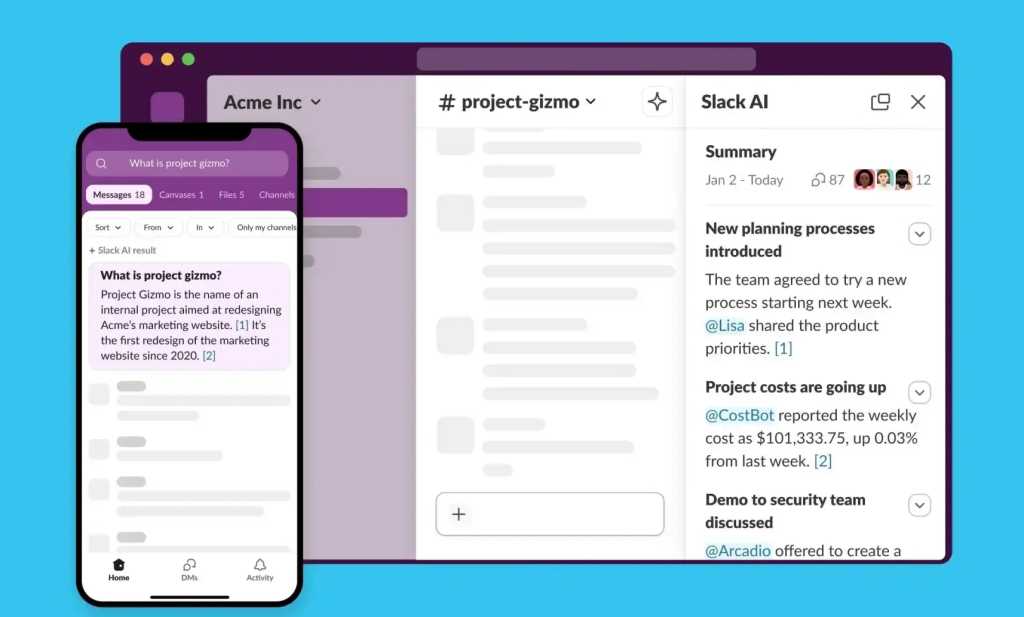

Slack hasn’t moved as aggressively to integrate with Salesforce as it might have, though the launch last year of Sales Elevate, which makes Salesforce data more easily accessible in the collaboration app, is a sign of an improvement. “I think that’s where there’s a huge opportunity to make Slack the front-end of Salesforce,” said Lazar. If I’m a salesperson or sales manager, or if I’m using Salesforce marketing campaigns, then I can manage all the different Salesforce features within Slack, and I have the ability to collaborate,” he said.
McKeon-White also sees potential for Slack to further tailor its app to specific job roles and industries. Features like lists and Workflow Builder enable Slack to be tailored to internal use cases, such as procurement, for example, or IT, and there are opportunities to cater to specific verticals such as a healthcare or retail organization more intently.
Slack can also increase revenues from existing customers, said Lazar, as it continues to evolve. “Most of their growth is going to happen within their existing customer base by adding new feature functionality and adding higher-level licenses, or converting people over to the Enterprise Grid product,” he said.

